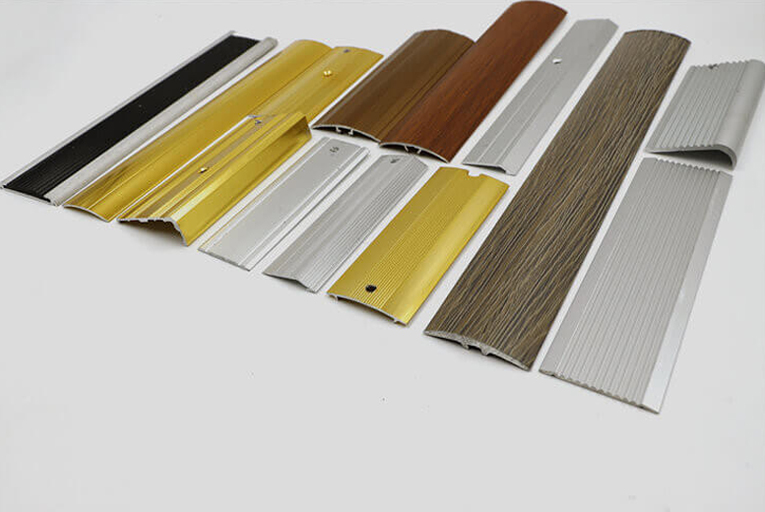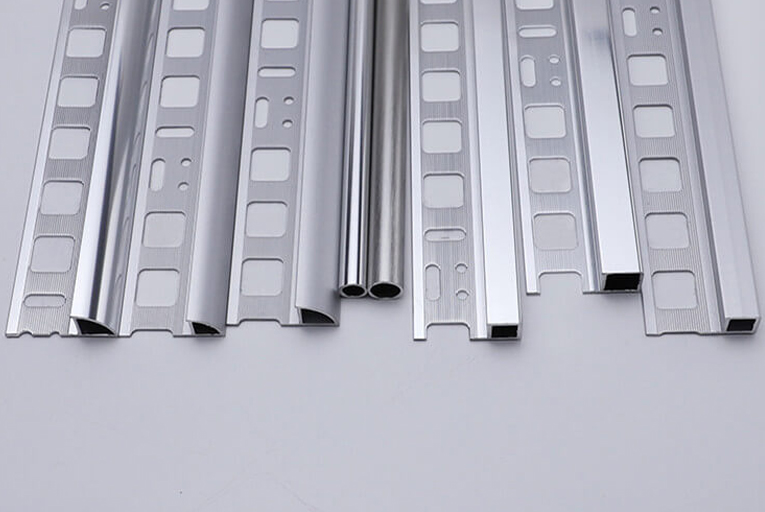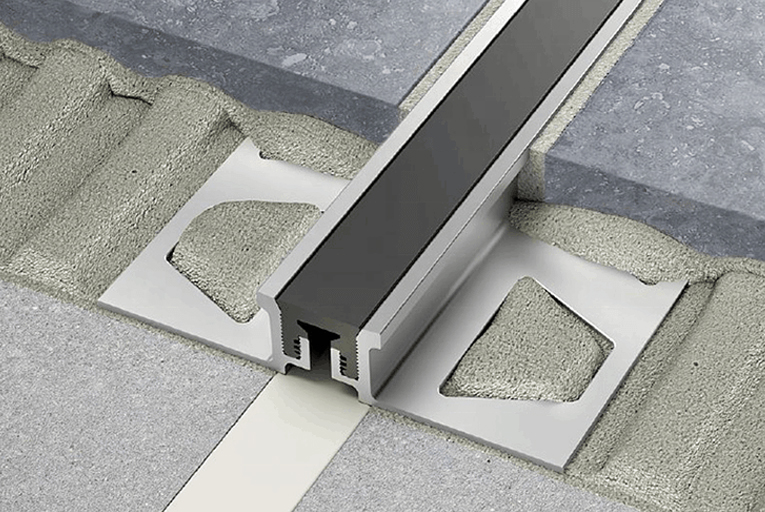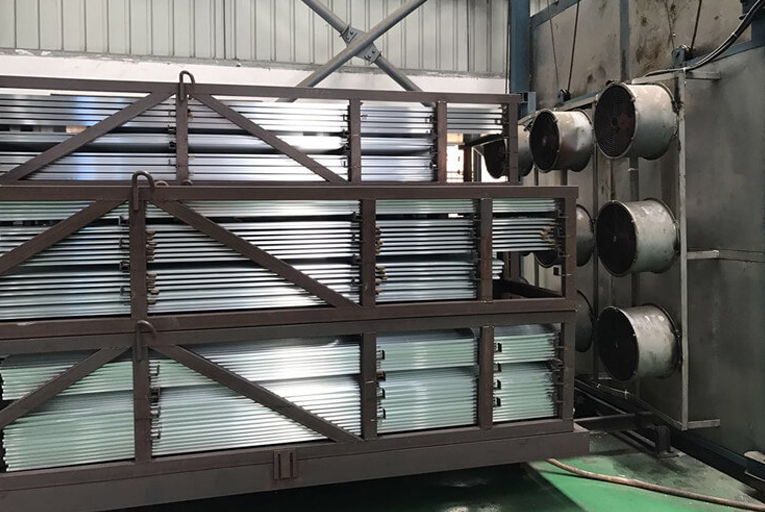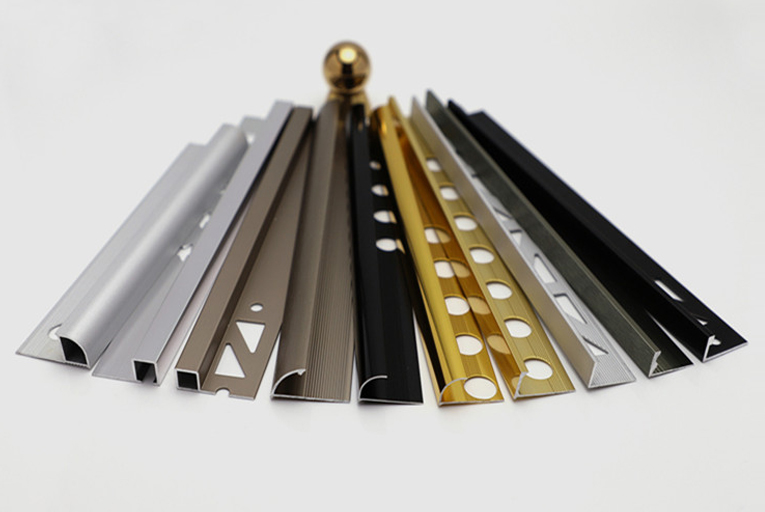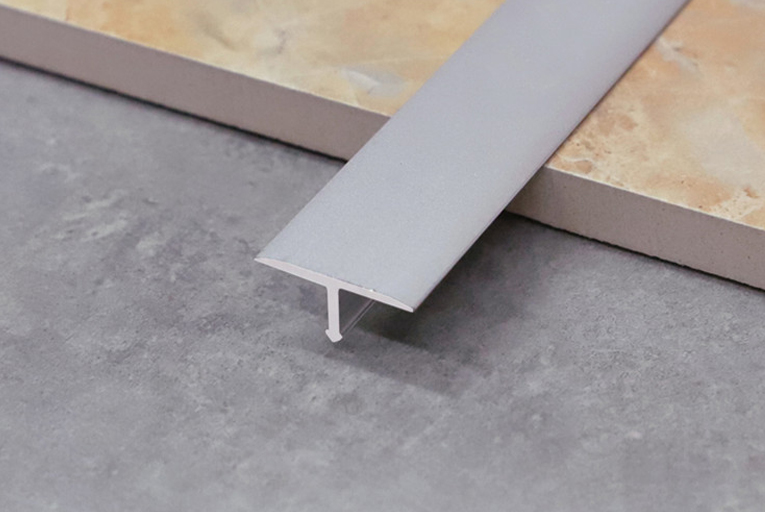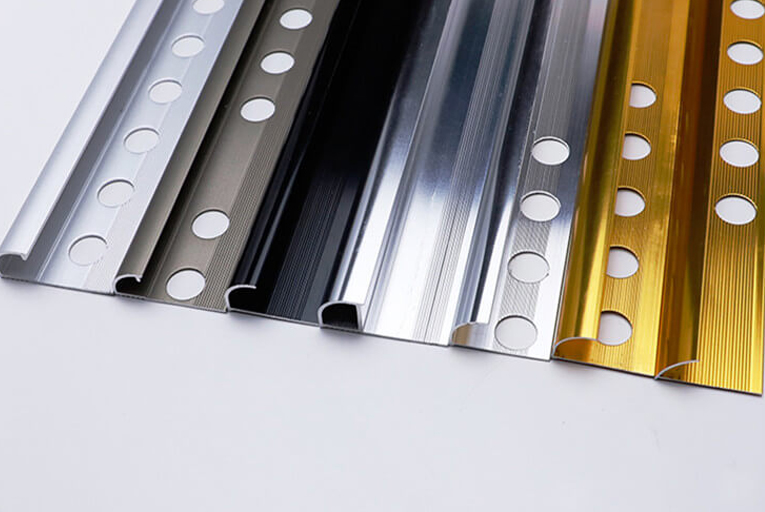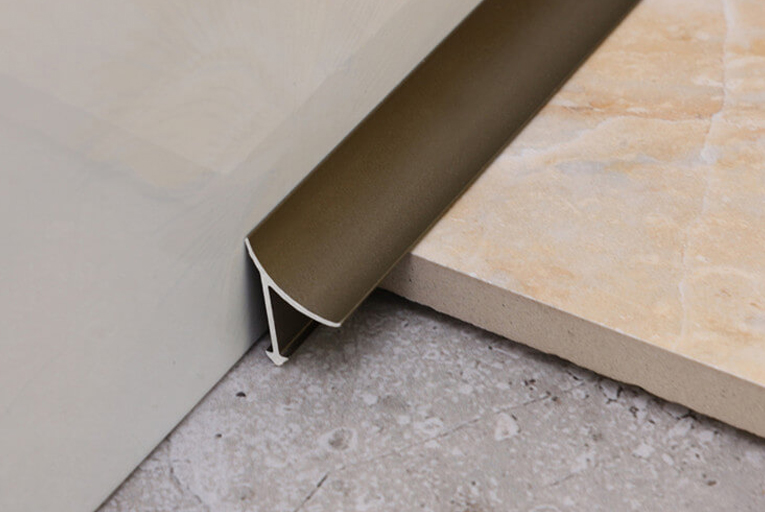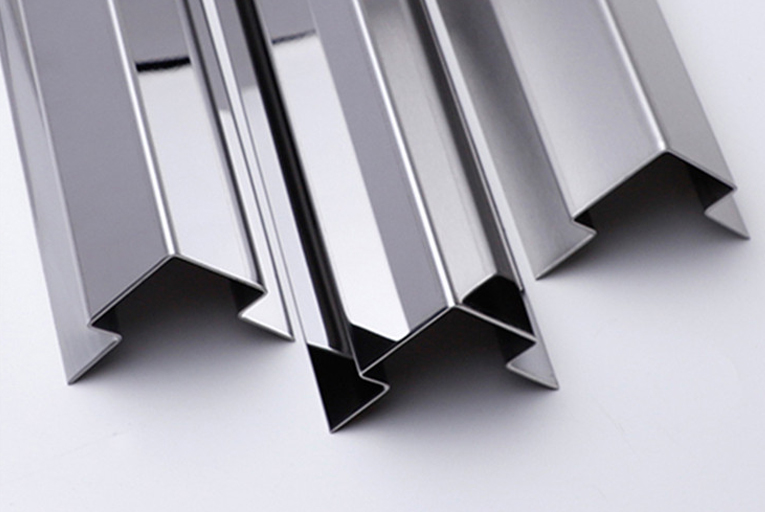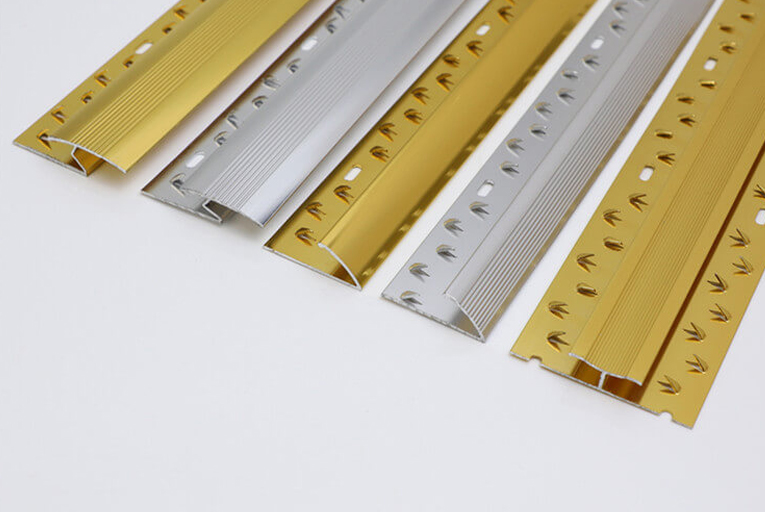Troubleshooting Common Issues with Aluminum Tile Edging Strips
Aluminum tile edging strips are a popular choice for finishing tile installations, offering a clean and polished look. However, like any building material, they can encounter occasional issues. Here’s a comprehensive guide to help you troubleshoot common problems with aluminum tile edging strips and find quick solutions.
Edge Curling: The Unruly Rebel
Edge curling is a frustrating issue where the edging strip bends away from the tile, creating an unsightly lip. The culprit? Thermal expansion and contraction. When temperatures fluctuate, the aluminum strip can expand or shrink at different rates than the tile, leading to edge curling. To resolve this, ensure proper spacing between tiles and edging strips, allowing for any thermal movement. Consider using a flexible sealant or expansion joint filler to accommodate shifts.
Discoloration: The Color Conundrum
Discoloration can mar the beauty of your edging strips. Oxidation, exposure to harsh chemicals, or improper cleaning can cause the aluminum to tarnish or discolor. To prevent this, use non-abrasive cleaners and avoid harsh chemicals. Periodically sealing the strips with a protective coating can also ward off discoloration.
Loose Edging: The Wobbly Wanderer
Loose edging strips can compromise the integrity of your tile installation. Often caused by insufficient adhesive or improper installation, they can create gaps and unevenness. To fix loose edging, remove the strip and reapply adhesive, ensuring even coverage. Consider using a heavier-duty adhesive or mechanical fasteners for added stability.
Rusting: The Irony of Aluminum
While aluminum is rust-resistant, it’s not entirely immune. Corrosion can occur if the surface is exposed to moisture or salt. To combat rusting, choose high-quality aluminum edging strips with an anodized or powder-coated finish. Regular cleaning and sealing can further protect the strips from moisture damage.
Gaps and Unevenness: The Aesthetic Anathema
Gaps and unevenness between tiles and edging strips can spoil the overall look. Misalignment, improper installation, or incorrect tile spacing can be the culprits. To rectify these issues, adjust the tile spacing and edging strips accordingly. Use spacers or a level to ensure proper alignment and evenness.
: Edge-ucation Complete
By understanding these common issues and employing the appropriate solutions, you can ensure that your aluminum tile edging strips remain a polished and durable complement to your tile installation. Remember, preventive maintenance and proper installation techniques go a long way in preventing and resolving any future problems. So, stay vigilant, and your edging strips will continue to gleam with elegance for years to come.
-
The 6 Hottest Tile Trim Solutions for 2021
2022-02-09 -
How to Install Tile Trims Line?
2022-02-09 -
Difference Between Sandblasting and Anodizing Surface Treatment of Aluminum Tile Trim
2022-02-09 -
The Different Uses of Tile Outside Corner Edging Trim and Inside Corner Edging Trim
2022-02-09 -
The Most Popular 5 Different Materials of Tile Trim Line
2022-02-09 -
What is Carpet Cover Trim?
2022-02-09
